Concrete Bench: Part 1
I have started construction on a piece that is pushing new ground for me. It is the first piece that I have designed without any wood. This is relevant only because I approach furniture design from the perspective of being intimate with my main material, wood. The concrete elements in my pieces have steadily evolved since I first used the material in 2005. The all concrete bench will be known as outdoor bench #7 and is currently in production with its predecessor, outdoor bench #6.
Here are some shots of the model

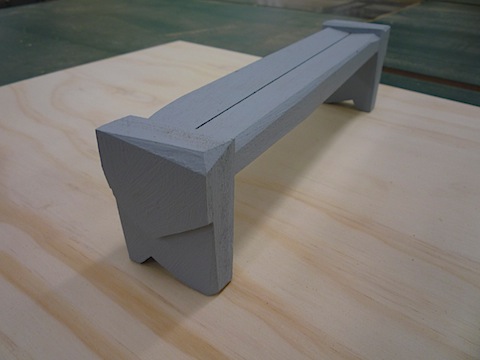
The detail on the legs are an evolution of the detail that was first developed for Outdoor Bench #6. That detail was first used in the big planter that I made for the Open Bowls show at the Longhouse Reserve. I mentioned before that Outdoor Bench 6 and 7 are being built at the same time. They both rely on that detail so I am glad that I had an opportunity to incorporate it into the planter. That experience gave me the confidence to move forward with both benches.
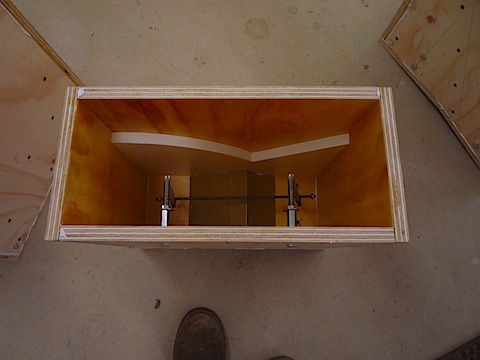
The detail is made by cutting a piece of PVC board into the negative shape of the desired step. I can foresee a day when I make the whole form out of the PVC board. I have a feeling it is going to cast very well. For now I am content to mix the new PVC board with my standard technique of using AC plywood.
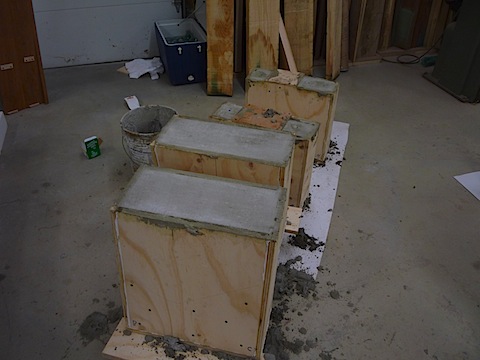
Another new development in my concrete procedure is the addition of a wet grinder with diamond polishing pads. I bought the grinder to help make the facets that I use to give each casting its unique presence. The ability to make all of the surfaces look the same regardless of the material that was used to cast them is quite liberating. In the case of these legs I can cast them with the top surface up. In the past I could only have the bottom of the feet up becasue the finish would stink. All is different now that I can grind that surface to perfection.
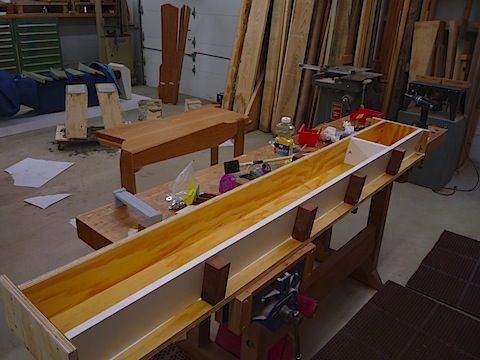
The final part that needs to be fabricated presents a number of new technical challenges. The seat is going to be fun. First of all it is made up of two separate castings that will be bolted together. This will allow me to give the seat an angle towards the center with a small gap for water to escape. The final. consideration at this stage has to do with designing some flexibility into the forms so I can vary the length. This is not a factor in my other benches because the seats have all been made of wood. My solution was to pick a maximum size for the seat and build the form to that size. I then built a sliding stop so that I could cast into a smaller portion of the form.
There are plenty of other issues that i will need to address before I can cast the seat. To be continued…
Concrete Bench Part 1
Concrete Bench Part 2
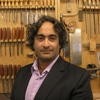 By Nico Yektai -
By Nico Yektai -New York based designer/maker Nico Yektai opened the doors to his Hamptons studio in 1995 after completing the MFA program at the School For American Craft at the Rochester Institute of Technology. The rigorous technical training complimented his background in Art History, which he studied, at Hobart College in Geneva NY. Yektai has synthesized this background into a singular style that has gained him national attention. Visit nicoyektai.com for more information